Cancer is arguably the largest killer on the planet. It is debilitating disease – and while we currently have some treatment options, we are yet to find a cure.
This is something that very simply needs to be addressed – and recent research has a breakthrough.
How the immune system plays a role in killing cancer
Every single day your immune system is fighting to defend your body from illness and infection. It is constantly battling against an invasion harmful pathogens, viruses, and bacteria, as well as the odd mutated cell that is set on destroying your body from the inside out.
With this in mind, your immune system should be able to kill off any nasty, hyper-proliferative cancer cells – but they don’t always.
For some reason, some tumours simply slip through the cracks.
While they are different from normal cells, they might share just enough similarities to avoid destruction. In some cases, they even develop ways of avoiding detection by your immune system – which is how they get so out of hand.
But what if we could change that?
Enter the T-cell.
What is the T-cell?
A T-cell is a type of immune cell that is found inside your blood (Miliotou, 2018).
The job of this particular cell is to scan your body and assess whether there is a threat that needs to be eliminated, or not.
How does it work?
Well, very simply, T-cells have specific ‘receptors’ on their surface that allows them to ‘see’ at a chemical level. This allows them to distinguish between normal cells of the human body, and abnormal (or ‘cancerous’) cells.
While we all have T-cells in our body, there are different variations, with different receptors that have various degrees of efficiency – and this is where things start to get exciting.
A team of researchers from Cardiff university have discovered a T-cell and its receptor that can find and kill a wide range of cancerous cells in the lab – without harming any normal human cells in the process.
At this point in time it has shown promise when it comes to fighting lung, skin, blood, colon, breast, bone, prostate, ovarian, kidney and cervical cancer cells – and it is highly likely that it could be used to fight many more.
How would this work in practice?
I mentioned that this has shown a whole lot of promise in laboratory based studies – but that situation is markedly different from real life.
Firstly, a blood sample would need to be taken from the cancer patient. Their T-cells would then be extracted and genetically modified to contain the cancer-finding receptor discovered by the research team.
After which these upgraded cells would be grown in large amounts in the lab, before being put back into the patient.
This is a very similar process to a treatment known as CAR-T therapy, which uses a specific cancer fighting virus to alter the cells of the patient, rather than genetic modification.
When would it be tested and used on humans?
Given that this mode of treatment has shown so much promise in the lab, it is inevitable that it will eventually be trialled on humans.
Moreover, given the fact tat it is very similar to CAR-T therapy in application (which has been shown to be safe and effective), we already have the technology to implement it immediately.
However, we still have a way to go.
So far, this amazing cancer fighting procedure has only been tested in some animals, and on cells in the laboratory. As a result, way more safety checks would be needed before we could even think about starting a full blown human trial.
But hopefully we do start seeing them over the next couple of years.
How exercise could complement treatment
In my opinion, one of the most exciting things about this new treatment comes down to the fact that it relies on the patient’s own immune system to do most of the fighting.
This means that exercising during treatment is likely to have a very positive effect (Nieman, 2019).
Exercise has been shown cause an increase in blood circulation throughout the body. This comes with an associated increase in the transport of immune cells throughout the body.
This increased immune cell circulation is then combined with a substantial increase in the secretion of anti-inflammatory cytokines, which lower inflammation throughout the entire body.
As a result, exercise has the potential to enhance immune system function – which is likely to enhance the effectiveness of treatment.
Yet, we obviously need to enter human trials before this is confirmed.
Related Article: Physical Activity and The Immune System
Where is the research is heading?
While the research into T-cell cancer therapy is only in its infancy, we have some very promising signs.
As such, it looks as if the next step is undertaking more animal based research to determine whether there are any nasty side effects associated with the treatment. If this is positive, then human trials won’t be far behind.
Finally, if this new treatment method appears to be safe and well tolerated in human participants, it can then be compared against more traditional treatment modalities to see how it shapes up.
Obviously, this is long way down the track, but that does not make it any less exciting.
Take Home Message
Given the terrible nature of cancer, any research breakthroughs are met with a lot of enthusiasm.
However, the excitement placed in this new T-cell treatment appears to be well founded. Especially considering just how many cancer cells it has killed off in the lab.
Now we just have to cross our fingers and hope that that future human trials show the same thing.
Related Article: Can Intermittent Fasting and Exercise Prevent Cancer?
References
Miliotou, Androulla N., and Lefkothea C. Papadopoulou. “CAR T-cell therapy: a new era in cancer immunotherapy.” Current pharmaceutical biotechnology 19.1 (2018): 5-18.
Nieman, David C., and Laurel M. Wentz. “The compelling link between physical activity and the body’s defense system.” Journal of sport and health science 8.3 (2019): 201-217.
You Might Like:
Exercise Research is Underrepresented in Female Athletes
The research coming out of exercise science at the moment is some of the most...Opportunity Differences for Male and Females in Sports
Over the last 50 years we have come to the stark realization that when it...Gender differences in sport injury risk and types of injuries
As good as it is, sports are an undeniably dangerous activity. I mean, most of...Protocol for Breast Injuries in Female Athletes
The popularity of female sport has been increased at an incredible pace over the last...Cardiovascular effects of prolonged exercise
It is well established that cardiovascular exercise is one of the best ways to improve...Breast density, exercise, and breast cancer: What you need to know
Most people know that breast cancer is incredibly common – but what many people fail...What is prehab and why is it important?
If you have spent any time in the realm of health and fitness, then you...How to Live Longer: What You Need to Know
Ah, the age-old question: “how to live longer?” Something that has plagued our society since...Does CrossFit Induce Stress Urinary Incontinence?
Hunter Bennett CrossFit has fast become one of the most popular forms of exercise on...Outrunning Negative Body Image: Body Identity In Female Athletes
Hunter Bennett In the modern day, we are so caught up in appearances. Society places...The Autoimmune Athlete
Hunter Bennett Being an elite athlete poses a unique set of challenges that very few...How Hydration Affects Short Endurance Performance
Hunter Bennett Staying adequately hydrated has long been considered one of the most important aspects...Atrial Fibrillation, Exercise & Health
Hunter Bennett One of the biggest issues we modern society has to deal with is...Water and Hydration
Hunter Bennett Given that your body is approximately 60 percent water, it stands to reason...Menopause and Depression
Hunter Bennett Menopause is considered to be a time of great change. A time where...Endurance Athletes: Why Women Win In The Long Run
Hunter Bennett It is commonly thought that when it comes to athletic endeavors, men have...Alzheimer’s Disease- Could Irisin Be the Cure?
Hunter Bennett The one thing that strikes fear into the hearts of most people on...Virtual Reality Exercise
Jessica Gillespie-Friesen What if the secret to boosting your performance at the gym was simply...Do Genes Dictate Your Health?
Hunter Bennett I would put my money on the fact that the vast majority of...Blood Flow Restriction Training
Hunter Bennett Becoming fitter, stronger, and more functional is an endeavor that many of us...Generation 100: The 3 Year Follow Up
Hunter Bennett For those of you who have been with us here at Forever Fit...Marijuana & Essential Tremor: A Natural Treatment
Hunter Bennett Most people become suspicious when they hear the words ‘alternative medicine’ – however...Muscle Growth and Loss
Dayton Kelly Muscle growth may not be entirely lost following detraining: a paradigm shift in...Could a Carb Mouth Rinse Be the Next Best Performance Booster?
Evan Stevens The last thing an athlete wants is to feel like they have no...How Exercising in the Heat Affects Women on Birth Control
By Alyssa Bialowas Exercising in hot conditions is commonplace for both recreational and competitive athletes,...The Truth Behind Antioxidants & Exercise Induced Muscle Damage
Alyssa Bialowas Elite athletes are prone to injury and muscle damage, especially those who compete...Reduce Cigarette Cravings with Acute Exercise
Catherine O’Brien It is no secret that smoking is a major health hazard that significantly...Effects of Outdoor Exercise
Catherine O’Brien Why Does Exercising Outdoors Feel So Much Better? I have always been a...Exposure to Sunshine May Alter Your Metabolism
Evan Stevens When I was younger and first starting out on my nutrition journey, I...The Role of Biofeedback in VO2 Max Testing
A Review by Alyssa Bialowas There are various approaches attempting to modify cardiovascular reactivity in...Cross-Exercise: Which Training Program is Better?
A Review by Alyssa Bialowas Cross-education training is defined as a neurophysiological phenomenon where there...The Most Effective Coping Technique for Competition Performance
A Review by Alyssa Bialowas An athletes’ ability to handle their nerves and perform under...Effect of Endurance Training on Lactate Threshold
A Review by Alyssa Bialowas Tools for aerobic fitness evaluation in endurance training are used...Vigorous Exercise May Prevent Predisposed Diabetes
A Review by Alyssa Bialowas The kidneys are an essential organ that have many functions,...The Trick Stress Plays on Your Metabolism
Gillian White – BSc, MSc., PhD Candidate A sheep in wolf’s clothing: The mean trick stress...The Elevation Training Mask – A Competitive Advantage
A Review by Alyssa Bialowas Elite and well-trained athletes search for the competitive edge in...Can Head Cooling Increase Aerobic Performance In The Heat?
A Review by Alyssa Bialowas Thermoregulation and managing heat stress is critical for aerobic and...10 Ways To Boost Your Immunity
Dayton Kelly The following was adapted from a combination of speeches given at the European...Vestibular Migraines: Could Exercise Be The Answer?
Catherine O’Brien My last article highlighted the inverse relationship between headaches and VO2 max levels...The Effects Of Altitude Training On Competitive Swimmers
A Review by Alyssa Bialowas Hypoxic training, also known as altitude training (training at heights...Are Thermogenic Dietary Supplements Safe & Effective For Resistance Training?
A Review by Alyssa Bialowas Thermogenic dietary supplements are multi-ingredient sports supplements designed to improve...Don’t Resist Resistance Training
Alyssa Bialowas Introduction The strength and thickness ratio of shoulder stabilizing muscles is essential to...Do Children Perform Better In Sports Based On Coach’s Gender?
Alyssa Bialowas Introduction Coaching is a structured practice of development that helps another individual...Are You At Risk For Skin Infection?
Alyssa Bialowas It is challenging to stay healthy in the wintertime; gyms and community centers...Plyometric Vs Skills-Based Conditioning For Volleyball Players: How Each Stacks Up
Alyssa Bialowas There is a lack of studies on the effectiveness of plyometric training on...High Volume Training Affects Immune System In Endurance Athletes
Alyssa Bialowas Exercising regularly and moderately improves your overall health, which is said to help...Autoimmune Illnesses: How To Move When Your Immune System Has Gone Rogue
Gillian White, MSc, Ph.D. (Candidate), University of Toronto, Graduate Department of Exercise Sciences Autoimmune disorders...Holidays Are Not The Only Contributor | 3 Ways To Avoid Annual Weight Gain
Katie Rose Hejtmanek, PhD Anthropologist CrossFit Level 1 Trainer It is that time of year...Clash of The Titans – Intervals vs Endurance (Part 1)
Evan Stevens At Fast Twitch Grandma we’ve done a lot of research into High Intensity...Smells Like Teen Spirit: The Ever-Changing Adolescent Brain
Julia C. Basso, PhD When I look back on my teenage years, I don’t remember...Sense & Movement – A Surprisingly Unique Phenomenon
Julia C. Basso, PhD Reporting from the 2017 Annual Society for Neuroscience Meeting The ability...Competitive-anxiety & Its Effect On Heart Rate In Swimmers
By Alyssa Bialowas Competition has always been a natural driver in sport. Many athletes face...Roller Skiing Predicts Youth Cross-Country Skiing Performance
Alyssa Bialowas Cross-country skiing has gained popularity as one of the most well-loved winter sports....Calculate Your Sweat Rate
Moji Kaviani, Ph.D., CEP How to calculate your own Sweat Rate? Check your weight in...Concurrent Training & Its Effect on Muscle & Strength Gains
Alyssa Bialowas Concurrent training is the combination of cardiovascular and resistance training workouts in the...Children & Relative Age Effect
Alyssa Bialowas Relative Age Effect is the bias that athletes at the top level of...Is Skiing An Effective Alternative To Indoor Cycling?
Alyssa Bialowas As the days start getting shorter and colder, physical inactivity becomes the new...A Taste Of Sugary Drinks May Improve Athletic Performance
Dayton Kelly SUMMARY: High carbohydrate drinks improve short term performance (<1 hour) when swished in...A Short Workout Might Be All You Need
by Fiona Callender and Sara Thompson Wheels up and full of excitement, Sara Thompson and...Boost Creativity With Meditation
Catherine O’Brien What is meditation? According to the National Center for Complementary and Alternative Medicine,...A Natural Alternative To Pain Killers
Julia C. Basso, PhD Pain is a complicated clinical issue, mostly because pain is a...Alternative Therapy For Parkinson’s Disease
Catherine O’Brien The Problem Parkinson’s Disease is a progressive neurodegenerative disorder characterized by impairments in...Isometric Exercise and Alzheimer’s Disease
Catherine O’Brien Alzheimer’s Disease is the leading cause of dementia and currently affects an estimated...Cycling Desks: Good For Your Body & Your Brain
Catherine O’Brien The Problem: “Sitting is the new smoking”. This is a phrase that I...Kids Need To Move To Improve – Ebook
Catherine O’Brien Forever Fit Science’s “Kids Need To Move TO Improve – Ebook” is written...Does Physical Activity Help Children With Autism? – Ebook
Autism Spectrum Disorder (ASD) is typically diagnosed in toddlers. The disorder is characterized by various...Headaches and VO2 max
Catherine O’Brien Headaches are a prominent health concern with 1 out of every 7 Americans...Effects Of Outdoor Activity On Children With Autism
Catherine O’Brien In previous articles, I have discussed the role of exercise in reducing stereotypical...How Sweat Helps You Keep Your Cool
Gillian White BSc, MSc, PhD Candidate Department of Exercise Sciences, University of Toronto How...Low Intensity, Short Workouts Benefit Individuals With ASD
Catherine O’Brien Autism Spectrum Disorder (ASD) is typically diagnosed in toddlers. As discussed in my...Building An Autism Friendly Workout Plan
Catherine O’Brien Autism spectrum disorder (ASD) refers to a group of developmental disorders that vary...Kids Need To Move To Improve
Catherine O’Brien In my previous article, Study Shows Active Children Are Better At Math, I discussed...Study Shows Active Children Are Better At Math
Catherine O’Brien We know that aerobic exercise has positive effects on brain health and cognition....Beat Pre-Race Nerves With L-Tyrosine
Dayton Kelly This article was adapted from a combination of speeches given at the European...Back Pain? The Germans May Have Found A Cure
Dayton Kelly This article was adapted from a combination of speeches given at the European...Do Genetics Give You A Competitive Advantage?
Dayton Kelly Born to be fast? The role of genetics in VO2 max. This article...Will Exercise Help Prevent Parkinson’s Disease?
Julia Basso, PhD Affiliation: New York University, Center for Neural Science Parkinson’s disease is a...American College Sports Medicine Conference – Ebook Edition
Julia Basso – PhD American College Sports Medicine Conference – Ebook Edition Over 6000 sports...Impact Of Competitive Sports On Female Athletes
Julia Basso – PhD Fitness athletes- the healthy body image idea: how are they doing?...Day 4 of the American College of Sports Medicine Conference – 2017
Join the #IMove-MENT Julia Basso – PhD ACSM/SBM Co-Sponsored Symposium: Exercise as an Integrative Approach...Day 2 of the American College of Sports Medicine Conference – 2017
Impacts of Exercise, the Gut Microbiome/Metabolome and Immunity on the Brain Julia Basso – PhD...Day 3 of the American College of Sports Medicine Conference – 2017
Neurobiological Effects of Physical Activity Julia Basso – PhD Exercise and neurodegeneration; potential therapeutic role...Day 5 of the American College of Sports Medicine Conference – 2017
Female Elite Athletes: The Impact of Participation in Competitive Sports Julia Basso – PhD Fitness...Day 1 of the American College Sports Medicine Conference – 2017
Exercise is Medicine for Mental Illness: Developing Feasible and Effective Interventions for Real-world Clinical Settings...Exercise and the Autonomic Nervous System
Julia C. Basso, PhD The autonomic nervous system (ANS) is a part of our peripheral...Wii-Fit Can Improve Balance And Confidence In Older Adults
By Sara Thompson, M.Sc. in Exercise Science Aging adults are more prone to falling, leading...Improve Fitness To Lengthen Healthspan
By Sara Thompson, M.Sc. in Exercise Science Neural specificity is how well the brain can...Stand Up Paddle Boarding Physical And Mental Benefits
Sara Thompson – M.Sc. in Exercise Science With summer on its way, it’s time to...25 Minutes Of Exercise Can Improve Knowledge
Sara Thompson – M.Sc. in Exercise Science In my previous article, I discussed the use...A Poor Diet Impairs Memory, But Exercise May Help
Julia C. Basso, PhD Obesity is a worldwide epidemic. Since 1980, obesity rates have nearly...Resistance Training For Parkinson’s Disease
Sara Thompson – M.Sc. in Exercise Science Parkinson’s disease (PD) is second only to Alzheimer’s...High-Intensity Exercise with Rheumatoid Arthritis
Gillian White – MSc, PhD (C), University of Toronto, Department of Exercise Sciences As I...Parkinson’s Disease & Cycling Benefits
Catherine O’Brien Parkinson’s Disease (PD) is a disease of the nervous system that is characterized...New Exercise Recommendations For Osteoporosis
Sara Thompson – M.Sc. in Exercise Science Osteoporosis is characterized by low bone mineral density,...15 Minutes Of Soccer Can Improve Bone Health
Sara Thompson – M.Sc. in Exercise Science In my last article I discussed the novel...Breaking Records and Barriers: Robert Marchand
Sara Thompson – M.Sc. in Exercise Science Earlier this year, Robert Marchand made history by...Ankle Sprains Start In The Hip
Ryan Cross – B.A. Hons (Kin), MScPT, FCAMPT Registered Physiotherapist at CBI Physiotherapy and Rehabilitation Centre...Recipe For Setting And Achieving Goals
Catherine O’Brien Control, Competence and Connectedness Many people enter the new year with fitness and...Aerobic Exercise – A Treatment For Schizophrenia
Catherine O’Brien Schizophrenia is a severe and chronic mental disorder that impacts perception, cognition, emotional...Improve Performance With Mobility Training
Lauren Rubadeau There are several factors in our modern lifestyles that can affect our physical...Increase Your Immune System Through Exercise
Julia Basso – PhD The immune system is a complicated network of cells, including T...Improve Muscle Function: Osteocalcin
Julia Basso – PhD As we age, cognitive decline is a problem that many of...Is it as Simple as a Walk in the Park?
Gillian White , BSc, MSc, PhD (candidate) Department of Exercise Sciences, University of Toronto Is...Cost of Getting Lean: Is it Worth the Trade-offs
Evan Stevens Based on a talk by Dr. John Berardi at Take Control of Your...Exercise and Alzheimer’s Disease
Julia Basso , PhD Affiliation: New York University, Center for Neural Science As we age,...Can exercise really prevent cancer?
Gillian White – BSc, MSc. PhD (C) Faculty of Kinesiology and Physical Education, University of...The Science of Speed
Evan Stevens Faster than a speeding bullet – how fast can we go? In 1900...A New Prescription For Health: Interval Walking
by Sara Thompson and Fiona Callender We extended our visit in Copenhagen to visit Professor...Can Resistance Training Build Brain and Brawn?
Contributed by Fiona Callender, Research Assistant, University of Toronto In Gillian White’s most recent FTG article...A 360 Look at How Exercise Affects Brain Function
Contributed by Gillian White, PhD candidate, Faculty of Kinesiology and Physical Education, Human Physiology Research...Muscle Strength and it’s Relationship to Bone Health
Contributed by Sarah L West, PhD, Post-doctoral Research Fellow, The Hospital for Sick Children and...The post The New Technique That May Kill Cancer appeared first on ForeverFitScience.





































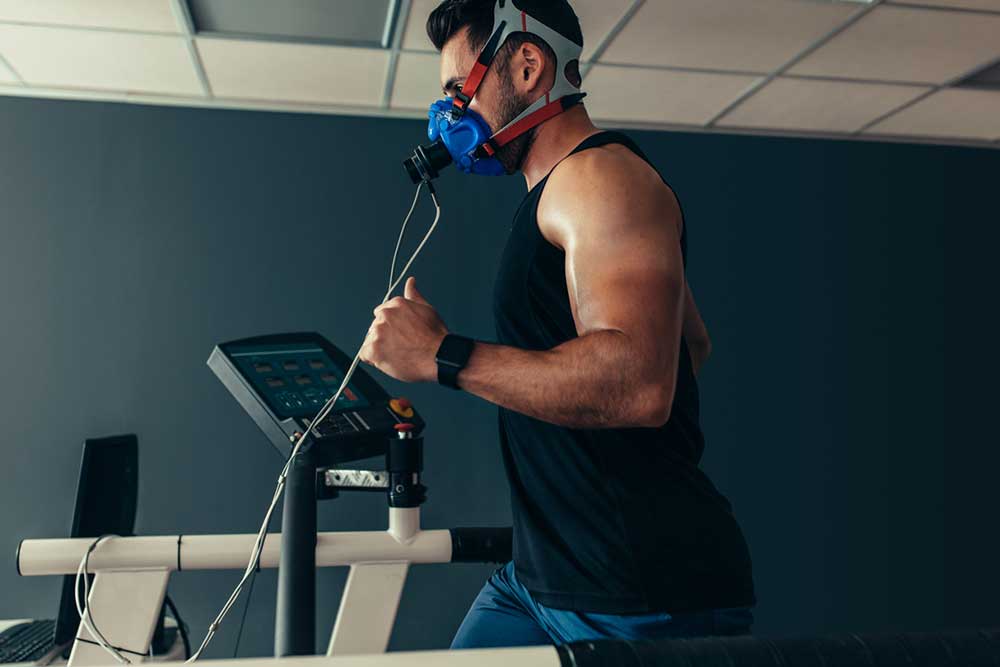






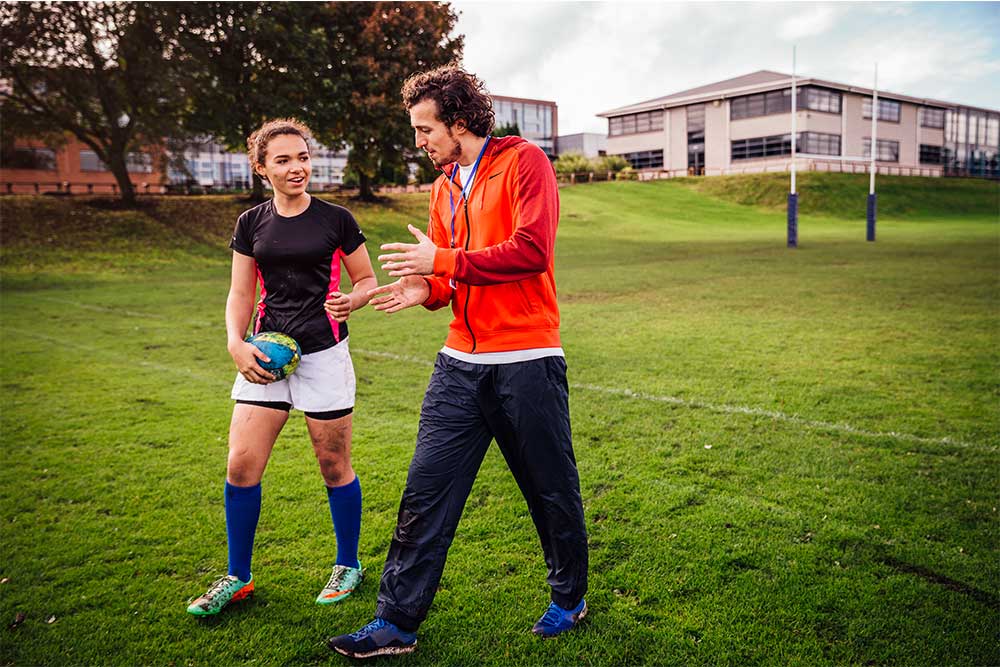




































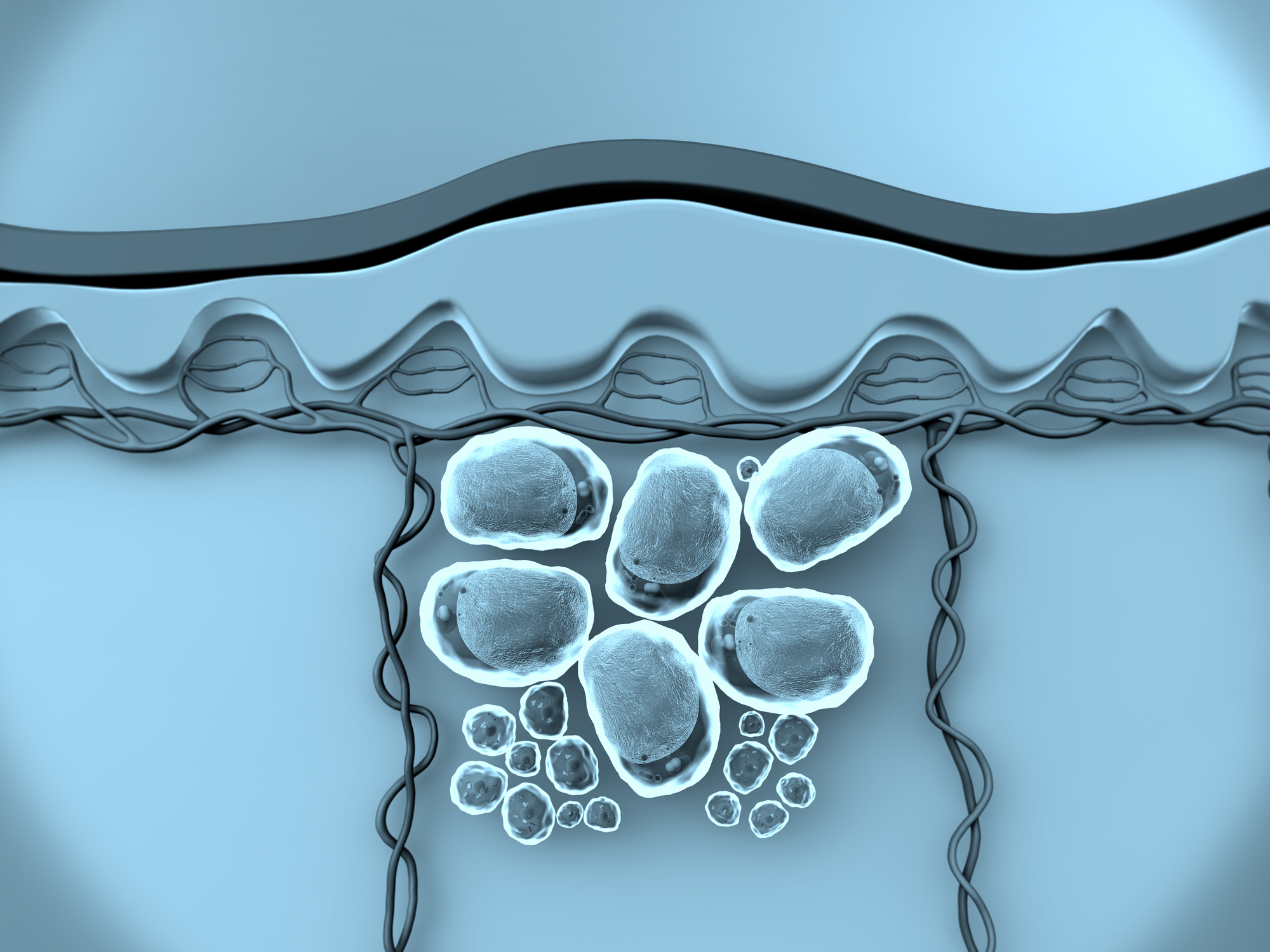

















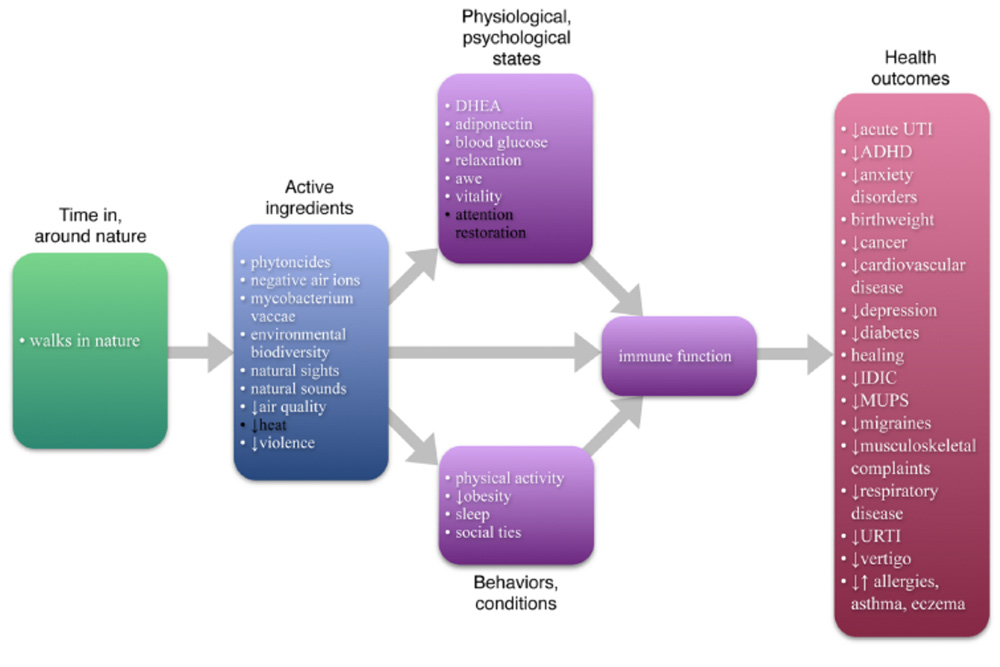


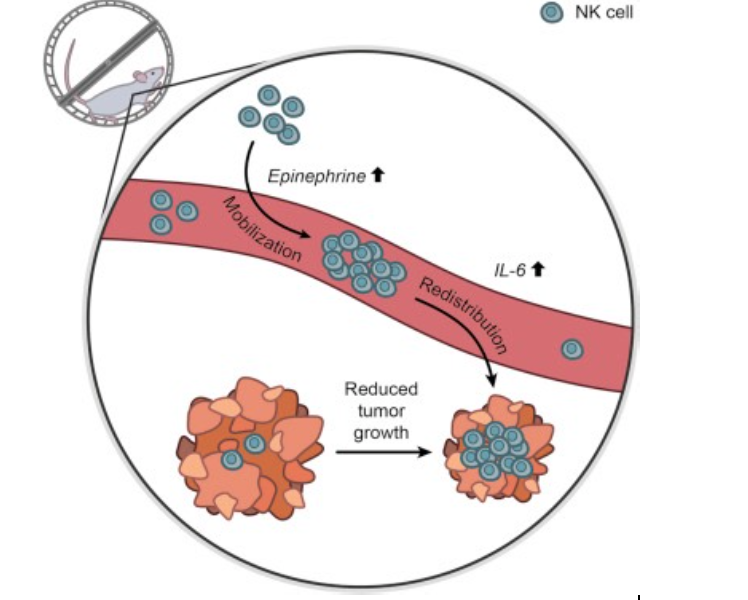




No comments:
Post a Comment